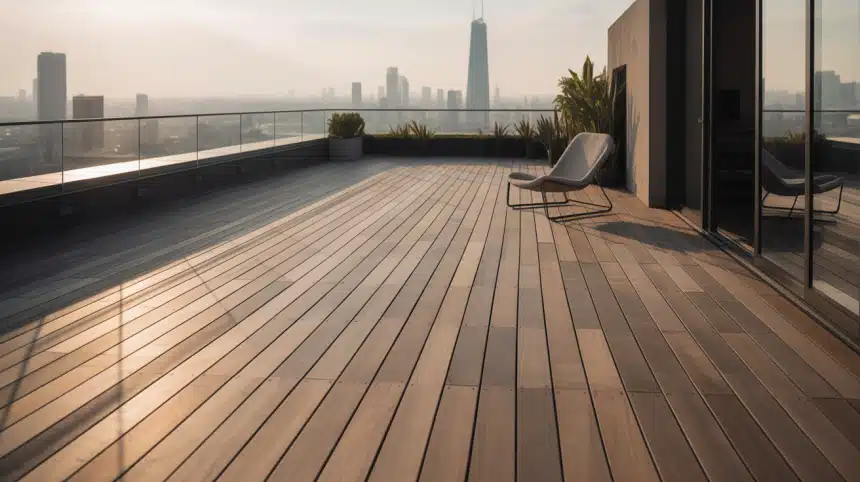- What is Roof Decking?
- Why is Roof Decking Important?
- Types of Roof Decking Materials
- Roof Decking Materials: A Side-by-Side Comparison
- Signs You May Need to Replace Roof Decking
- Roof Decking vs. Framing vs. Covering: Differences at a Glance
- Cost of Roof Decking Replacement
- Conclusion
- Frequently Asked Questions
Planning a roof replacement or dealing with unexpected leaks? Understanding your roof’s foundation is crucial before making any major decisions.
Roof decking, the hidden layer beneath your shingles, plays a vital role in maintaining your home’s structural integrity; yet, most homeowners are unaware of this critical component.
When decking fails, it can lead to costly water damage, compromised safety, and complete failure of the roofing system.
Whether you’re a homeowner facing mysterious ceiling stains, a contractor explaining project scope, or simply someone wanting to make informed decisions about your property, knowing the basics of roof decking can save you thousands in unexpected repairs.
This comprehensive guide reveals everything you need to know about roof decking, from identifying problems early to choosing the right materials for your specific situation.
Before examining the intricacies of roof decking, it's beneficial to familiarize yourself with the roof anatomy parts to understand how each component contributes to your home's structural integrity.
What is Roof Decking?
Roof decking, also known as roof sheathing or sub-roof, is the foundational layer of wooden or metal panels that sits directly on top of your roof’s structural frame (rafters or trusses).
This critical component serves as the solid base where all your roofing materials, from underlayment to shingles, are attached.
Think of it as the “floor” of your roof system that bridges the gap between the skeleton framework and the weather-protective outer layer, providing essential structural support and creating a stable platform for your entire roofing system to function correctly.
Why is Roof Decking Important?
- Structural support for roofing materials: Provides a solid, stable surface where shingles, tiles, and metal roofing can be securely fastened and properly aligned.
- Load distribution and weather resistance: Evenly spreads the weight of roofing materials and external forces like snow, wind, and foot traffic across the entire roof frame.
- Fire and moisture protection: Acts as an additional barrier against water infiltration and helps slow fire spread between the interior and exterior of your home.
- Basis for insulation and underlayment installation: Creates the necessary foundation for proper installation of vapor barriers, insulation, and protective underlayment systems.
Types of Roof Decking Materials
The right roof decking material forms the foundation of a durable, long-lasting roof. Understanding the strengths, costs, and ideal applications of each type is key to making an informed choice.
1. Plywood
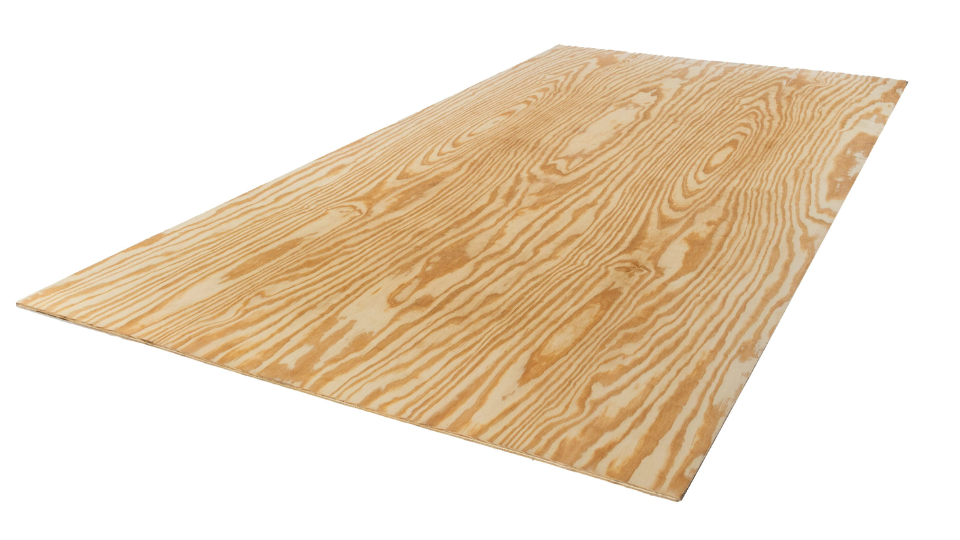
Plywood remains the gold standard for residential roofing, offering excellent strength and durability through its cross-laminated wood layers. It typically costs $2-4 per square foot and can last 30-50 years with proper maintenance.
The material resists moisture better than alternatives and provides superior nail-holding power, making it ideal for areas with severe weather conditions.
2. OSB (Oriented Strand Board)
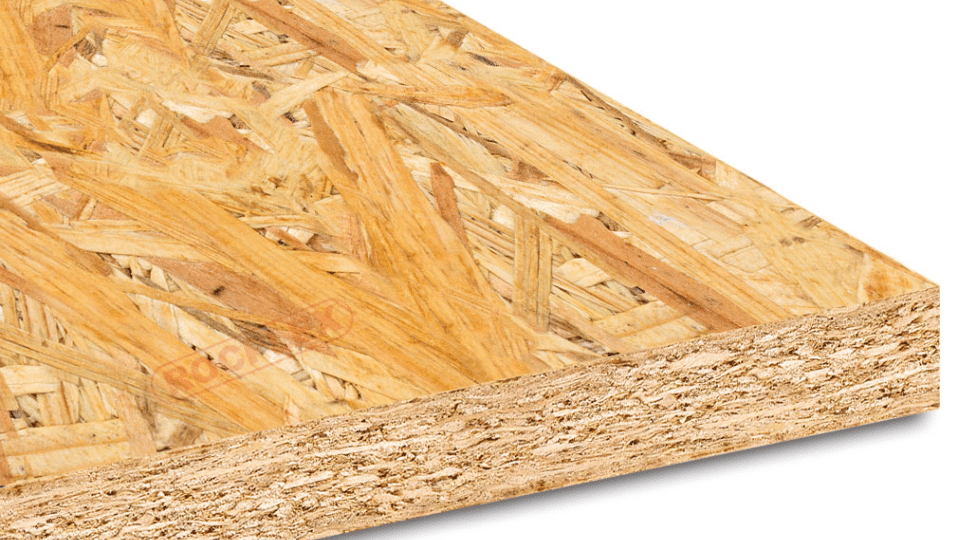
OSB is the most popular choice for new construction due to its affordability, costing 20-30% less than plywood at $1.50-3 per square foot. While it offers good structural strength and is engineered for consistency, it’s more susceptible to moisture damage and swelling.
With proper protection, OSB typically lasts 25-40 years and is widely used in residential applications where budget is a primary concern.
3. Tongue-and-Groove Wood Planks
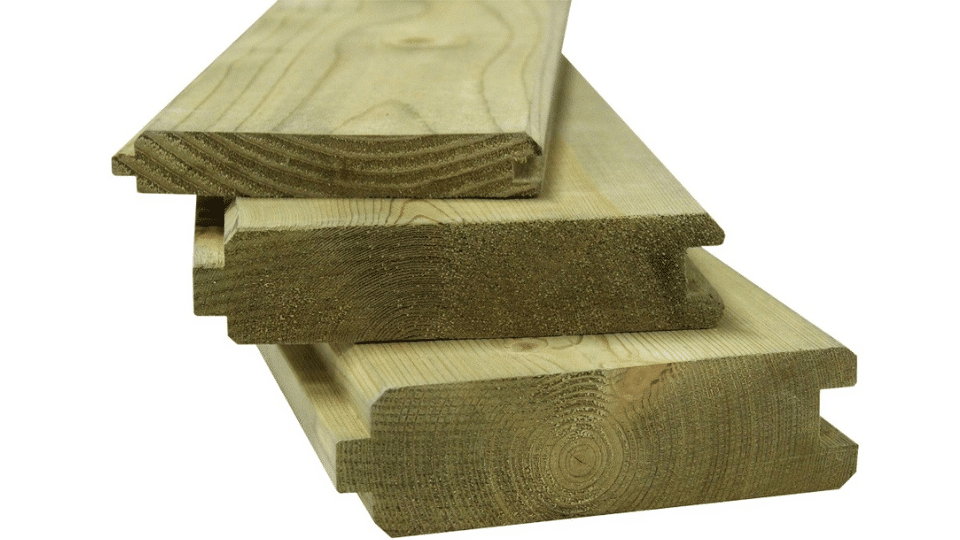
This traditional decking method uses solid wood boards that interlock for a tight, continuous surface, commonly found in older homes and custom builds. It offers excellent insulation properties and aesthetic appeal, but costs significantly more at $4-8 per square foot.
Installation is labor-intensive, and the material requires regular maintenance; however, it can last over 50 years when properly cared for.
4. Metal Decking
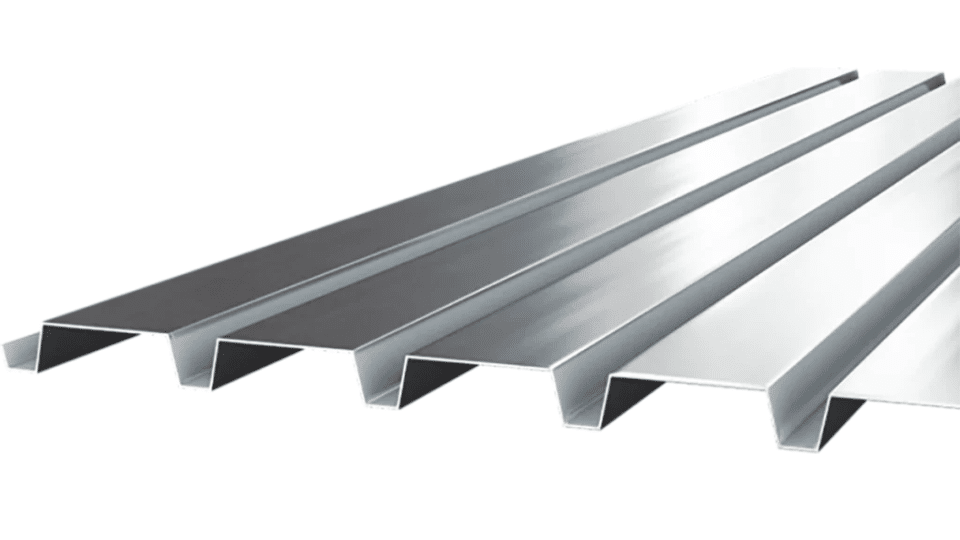
Steel or aluminum decking is primarily used in commercial and industrial buildings, offering exceptional fire resistance and structural strength.
It costs $3-6 per square foot and can last 50-75 years with minimal maintenance. The material is lightweight, recyclable, and ideal for large-span applications; however, it requires specialized installation and may require additional insulation for temperature control.
5. Concrete Decking
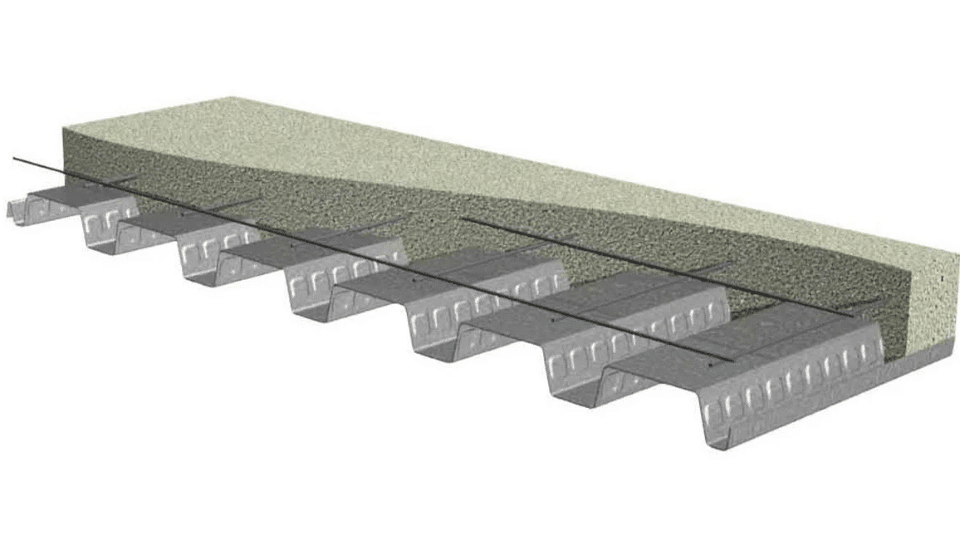
Concrete roof decking offers ultimate durability and fire resistance, making it a common choice in commercial construction and areas prone to extreme weather conditions. At $5-10 per square foot, it’s expensive, but it can last 75-100+ years with proper sealing.
The material offers excellent thermal mass and structural integrity but requires engineered support systems due to its significant weight.
Roof Decking Materials: A Side-by-Side Comparison
| Material | Thickness | Cost per Sq Ft | Lifespan | Best Use Cases |
|---|---|---|---|---|
| Plywood | 1/2″ – 3/4″ | $2-4 | 30-50 years | Residential, severe weather areas |
| OSB | 7/16″ – 3/4″ | $1.50-3 | 25-40 years | New residential construction, budget projects |
| Wood Planks | 1″ – 2″ | $4-8 | 50+ years | Historic homes, custom builds |
| Metal | 1.5″ – 3″ | $3-6 | 50-75 years | Commercial, industrial buildings |
| Concrete | 2″ – 6″ | $5-10 | 75-100+ years |
Commercial, extreme weather zones |
Signs You May Need to Replace Roof Decking
- Water stains or sagging ceilings: Brown or yellow discoloration on interior ceilings and walls, or noticeable drooping areas, indicate water has penetrated through compromised decking.
- Mold or mildew in the attic: Musty odors and visible fungal growth in your attic space signal prolonged moisture exposure that has likely damaged the decking material.
- Soft or spongy spots on the roof: Areas that feel unstable or give way under foot pressure when walking on the roof indicate deteriorated or rotted decking beneath.
- Visible warping or rot during roof replacement: Buckled, twisted, or decomposing decking boards discovered when old roofing materials are removed clearly require immediate replacement.
Roof Decking vs. Framing vs. Covering: Differences at a Glance
| Component | Function | Materials Used | Location in Roof System | Key Characteristics |
|---|---|---|---|---|
| Roof Framing | The structural skeleton that supports the entire roof | Wood (rafters, trusses), steel | Base layer – attached directly to the building structure | Provides the shape, slope, and load-bearing framework of the roof |
| Roof Decking | Base layer that sits on top of the framing and supports roofing materials | Plywood, OSB, tongue-and-groove, metal, concrete | Sits on top of the framing, beneath the underlayment, and the shingles | Acts as a foundation for the roof covering; helps with load distribution |
| Roof Covering | Outermost layer that provides weather protection and aesthetic appeal | Shingles, tiles, metal panels, slate | Topmost layer – exposed to the elements | Protects against water, UV rays, wind, and other environmental factors |
Cost of Roof Decking Replacement
- Factors that influence cost: Material choice, local labor rates, extent of water damage, roof accessibility, and whether structural repairs are needed significantly impact total replacement costs.
- Typical price range per square foot: Expect to pay $2-7 per square foot installed, with OSB on the lower end and plywood or specialty materials on the higher end.
- When insurance may cover decking replacement: Insurance typically covers decking replacement when damage results from covered perils, such as storms, hail, or sudden roof leaks, but excludes gradual wear and maintenance issues.
Conclusion
Roof decking serves as the backbone of your entire roofing system, providing essential structural support and protection that keeps your home safe and dry.
From plywood to OSB, metal to concrete, choosing the right decking material depends on your budget, climate, and specific building requirements.
Recognizing warning signs, such as water stains, soft spots, or attic mold, can help you address decking issues before they become costly emergencies.
While decking replacement represents a significant investment, it’s a critical foundation that ensures your new roof performs properly for decades to come.
Don’t wait until visible damage appears. Schedule a professional roof inspection today to assess the condition of your decking and protect your most valuable investment.
Contact your local roofing contractor for a comprehensive evaluation and free estimate.
Upgrading your space? Explore more smart home improvement ideas.
Frequently Asked Questions
Is Roof Decking the Same as Plywood?
No, plywood is just one type of roof decking material.
How Much Does It Cost to Replace Decking on a Roof?
$2-$ 7 per square foot, or $1,500-$ 8,000 total for most homes.
How Do I Know if My Roof Decking Needs to Be Replaced?
Water stains on ceilings, soft roof spots, or visible sagging indicate problems with the decking.

